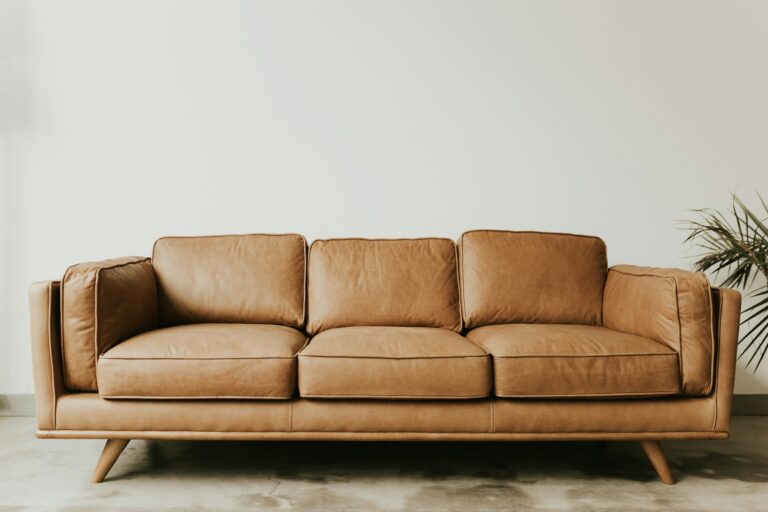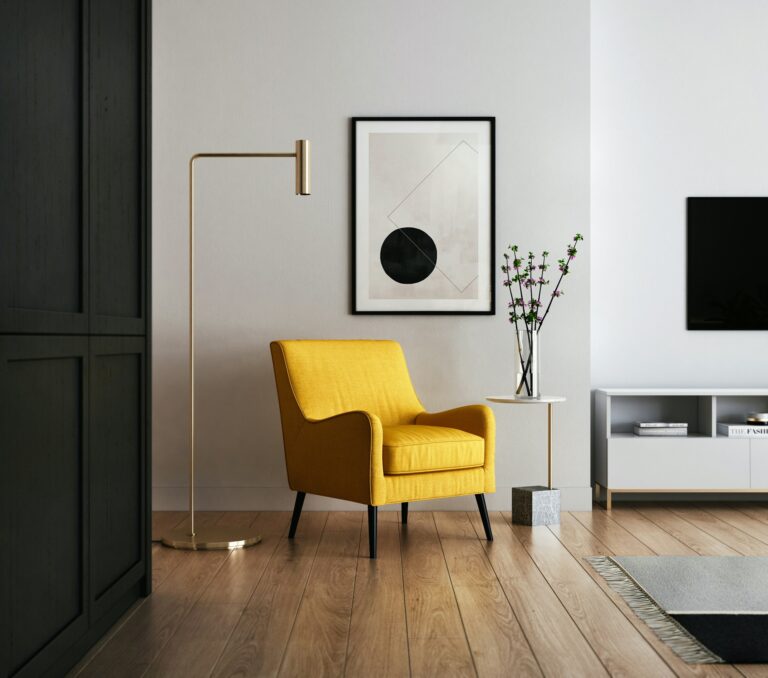The Ultimate Guide to Choosing the Perfect Furniture for Your Home
Furnishing a home is more than just filling spaces with tables, chairs, and sofas—it’s about creating an environment that reflects your personality, enhances comfort, and serves your functional needs. Whether you’re moving into a new home or revamping your existing space, selecting the right furniture requires careful consideration. From size and style to material and functionality, many factors determine whether a piece is the right fit for your home.
In this guide, we’ll walk you through the essential steps to choosing the perfect furniture for each area of your home while ensuring comfort, style, and practicality.
1. Understanding Your Space and Needs
Before shopping for furniture, take time to evaluate your space and lifestyle. Your furniture should complement your home’s size, layout, and overall aesthetic while serving your daily needs.
Measure Your Space
One of the biggest mistakes homeowners make is purchasing furniture without measuring their space. Before you buy anything, take accurate measurements of the room, including:
- The length and width of the room
- Doorway and hallway dimensions to ensure furniture can be delivered and fit through entry points
- Space allocated for each piece, leaving enough room for movement and accessibility
Consider Your Lifestyle
Your lifestyle should dictate the type of furniture you choose. Ask yourself:
- Do you have kids or pets? Opt for durable, stain-resistant materials like leather or microfiber.
- Do you entertain guests often? Consider a spacious sectional sofa or an expandable dining table.
- Do you prefer minimalism or bold statement pieces? Your style preference should guide your furniture choices.
Tip: Sketch a simple floor plan or use an online room planner to visualize furniture placement before making any purchases.
2. Selecting the Right Style
Furniture should blend seamlessly with the rest of your home’s decor. Whether you prefer a modern, traditional, or eclectic look, choosing the right style ensures harmony within your space.
Popular Interior Design Styles and Furniture Choices
- Modern & Minimalist – Clean lines, neutral colors, and functional furniture pieces with sleek designs. Think of modular sofas, glass-top tables, and minimalistic shelving units.
- Traditional – Rich wood tones, intricate carvings, and luxurious fabrics. Opt for solid wood dining tables, leather sofas, and vintage-inspired chairs.
- Industrial – A mix of metal, wood, and exposed elements. Consider furniture with a raw, unfinished look—like metal-framed coffee tables and reclaimed wood dining tables.
- Bohemian & Eclectic – Bold colors, mix-and-match patterns, and layered textures. Look for handcrafted furniture, rattan chairs, and unique statement pieces.
- Scandinavian – Light wood, soft tones, and functional furniture with a cozy feel. Choose simple yet elegant furniture like light oak coffee tables and soft fabric sofas.
Tip: If you’re unsure about committing to a specific style, go for timeless, neutral pieces and add personality through accessories like cushions, rugs, and wall art.
3. Prioritizing Comfort and Functionality
A stylish chair or sofa means nothing if it’s not comfortable. When selecting furniture, always prioritize function and comfort.
Sofas & Seating
- Test before you buy—sit on sofas and chairs to assess comfort level.
- Consider cushion firmness; firmer cushions last longer, while softer ones offer plush comfort.
- Look for ergonomic designs, especially for office chairs and reading chairs.
- Recliners and sectionals provide added comfort for lounging spaces.
Tables & Storage Solutions
- Dining tables should accommodate your household size and guest needs—extendable tables are a great option for flexibility.
- Coffee tables and side tables should be proportional to your seating area.
- Opt for multi-functional furniture like storage ottomans, beds with drawers, or nesting tables to save space and stay organized.
Beds & Bedroom Furniture
- Choose a bed size that fits your room without overcrowding the space.
- Consider storage beds if you need extra storage for linens or clothes.
- Nightstands should complement the bed height and offer sufficient surface space for lamps, books, or essentials.
Tip: Look for furniture with built-in storage, especially if you live in a smaller space. Multi-functional pieces help reduce clutter and maximize your living area.
4. Choosing the Right Materials and Durability
Furniture materials play a crucial role in aesthetics, maintenance, and longevity. Investing in quality materials ensures your furniture lasts for years.
Common Furniture Materials
| Material | Pros | Cons |
|---|---|---|
| Solid Wood | Durable, classic, natural grain beauty | Expensive, can be heavy |
| Plywood & MDF | Affordable, versatile designs | Less durable, can swell with moisture |
| Metal | Sturdy, modern look | Can be cold, may rust over time |
| Glass | Elegant, visually lightens space | Fragile, requires frequent cleaning |
| Leather | Luxurious, durable, easy to clean | Expensive, can crack if not maintained |
| Fabric Upholstery | Comfortable, variety of textures | Prone to stains, requires maintenance |
When selecting materials, consider:
- Maintenance needs – Leather and metal require less maintenance than fabric upholstery.
- Climate – In humid areas, solid wood may expand and contract, while metal may rust in coastal climates.
- Usage – If furniture will be used frequently (e.g., dining chairs, sofas), opt for high-durability materials.
Tip: If you have children or pets, choose stain-resistant and easy-to-clean fabrics like microfiber or performance upholstery.
5. Budgeting and Investment Pieces
Furnishing a home is an investment, and while it’s tempting to opt for budget-friendly options, quality should not be compromised. Here’s how to make the most of your budget:
Splurge on Investment Pieces
Certain furniture pieces are worth the investment:
- A high-quality sofa (since it’s used daily and should last for years)
- A solid wood dining table (a timeless piece that withstands daily use)
- A good mattress (since sleep quality directly impacts your well-being)
Save on Accessories
For decor items like rugs, throw pillows, and lighting, you don’t need to break the bank. Trendy pieces can be swapped out seasonally without a major financial commitment.
Shop Smart
- Look for seasonal sales and clearance deals.
- Consider second-hand furniture—high-quality vintage or pre-owned furniture can be refinished or reupholstered.
- Compare prices online before making purchases.
Tip: Prioritize key pieces and slowly build your collection over time instead of buying everything at once.
Final Thoughts
Choosing the right furniture for your home is a blend of practicality, aesthetics, and comfort. By assessing your space, defining your style, prioritizing durability, and making smart budget choices, you can create a home that is not only stylish but also functional and long-lasting.
Whether you’re furnishing a single room or an entire house, take your time, invest in quality, and select pieces that reflect your personality and lifestyle. A well-furnished home isn’t just about how it looks—it’s about how it makes you feel.
Are you ready to transform your space? Start by choosing furniture that speaks to your style and enhances your daily life!
4o



